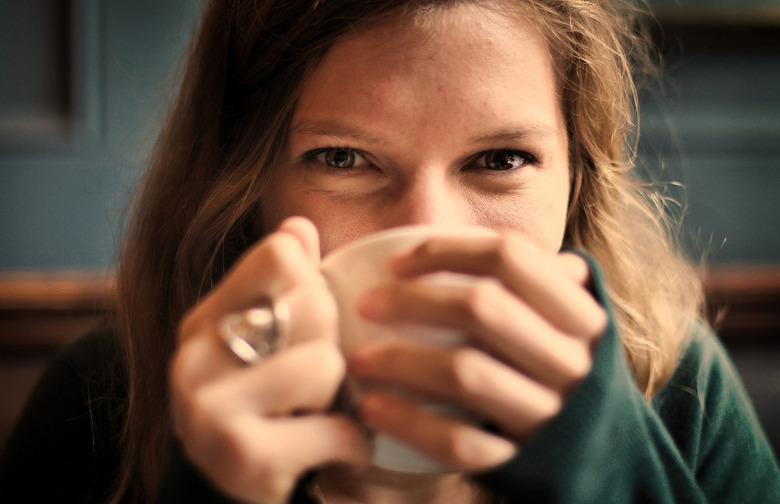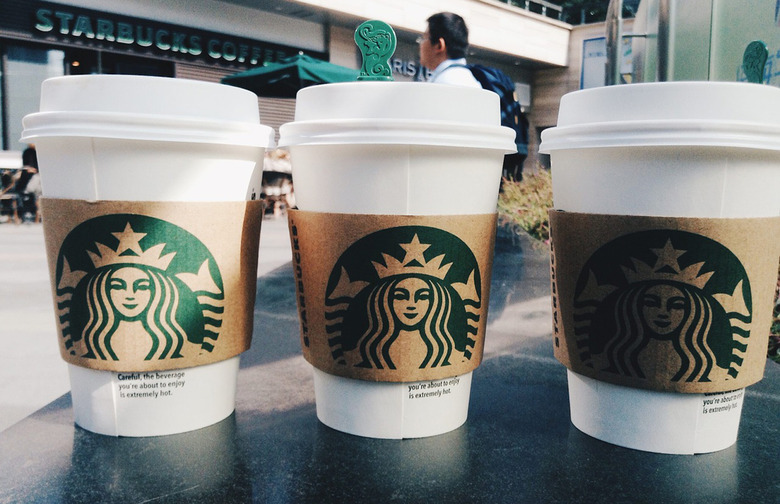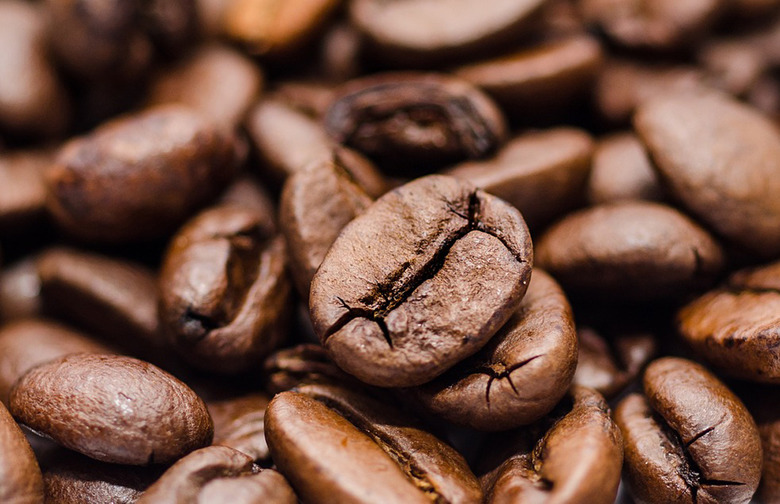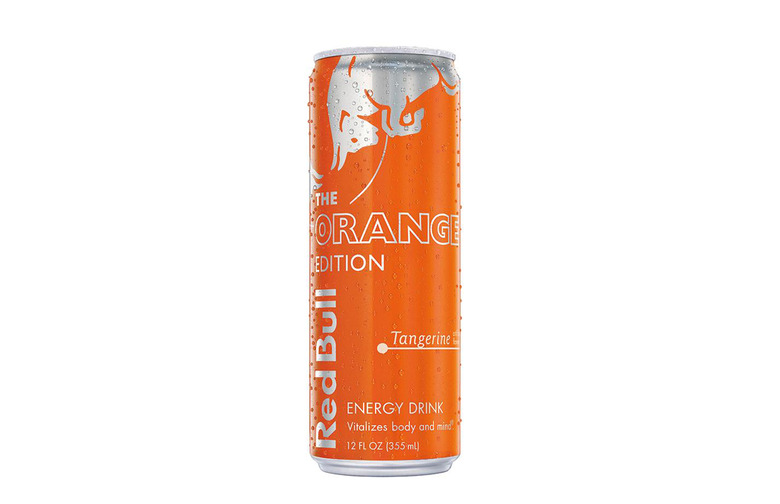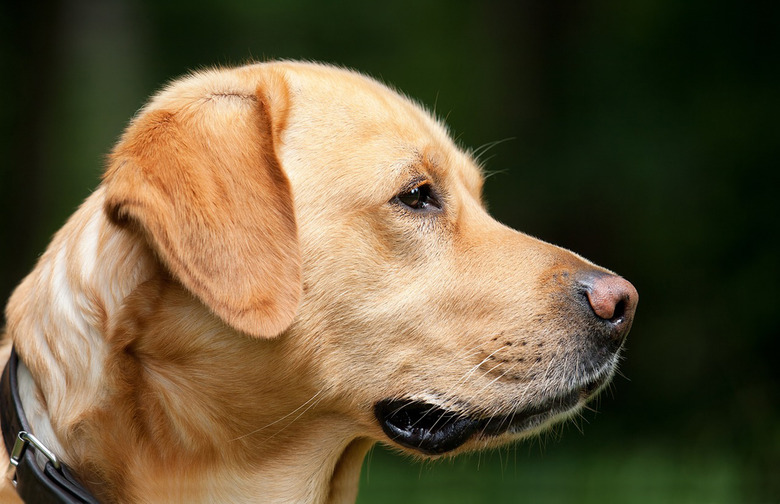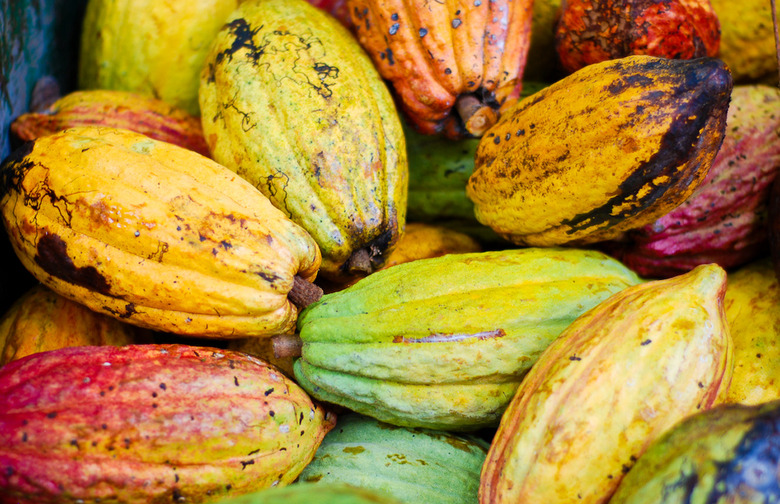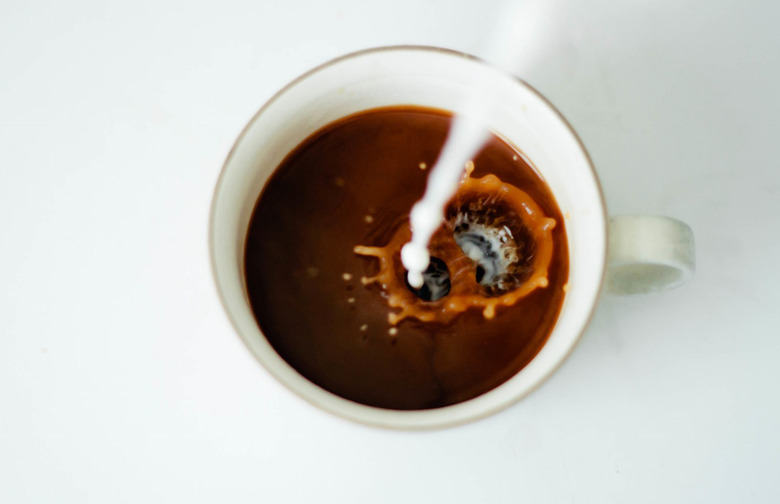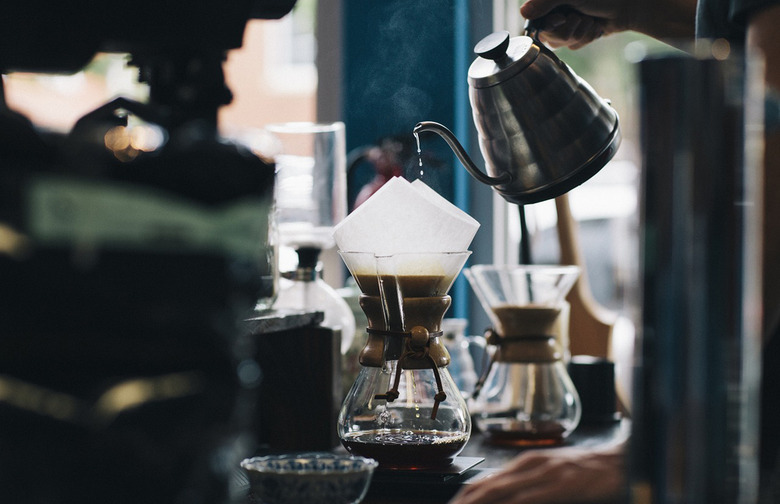10 Things You Didn't Know About Caffeine Slideshow
Overdoing it isn't good, of course, but moderate consumption of caffeine can do all kinds of good things for you. Among other things, it can stimulate thermogenesis, which means burning through more fat cells faster; caffeine and other compounds in coffee can help prevent colorectal and liver cancer; it lowers the risk for type A diabetes; and it may also improve brain function.
Cold Brew Coffee Has Killer Caffeine
An eight-ounce serving of regular brewed coffee contains about 95 milligrams of caffeine. Coffee shops like Starbucks tend to make coffee stronger, and their eight-ounce servings might contain twice that much. The same quantity of cold brew can contain more than 500 milligrams.
It Goes Back a Long Way
The earliest archeological evidence of tea consumption dates from the second century B.C., but tradition ascribes invention of this caffeine-rich beverage to the Emperor Shennong, known as "the Divine Farmer," in 2737 B.C. Coffee was discovered in Ethiopia, possibly as early as the ninth century A.D. Humankind has had a long time to get used to caffeine, in other words.
It's Hard to Tell How Much Caffeine Is in Most Energy Drinks
Energy drinks only account for two percent of all caffeine consumption in the country, but they can give you a big caffeine jolt. The FDA requires caffeine to be listed as an ingredient when it's present in a beverage, but it doesn't require the amount of caffeine to be specified. Some brands of energy drink, like Red Bull and Monster, voluntarily call out their caffeine content (80 milligrams and 86 milligrams per 8.4-ounce can, respectively).
It's Not for Fido
Dogs, cats, birds, and some other domestic animals can't metabolize caffeine and it can poison them. Don't let your pet lick your chocolate or coffee ice cream bowl.
Natural Caffeine Is Better
Natural caffeine is found not just in coffee beans and tea leaves but in cacao (the base for cocoa and chocolate), cola nuts (used to flavor both beverages and food), yerba maté, and guarana (an Amazonian berry used in energy drinks, soft drinks, and diet supplements), among other places. The caffeine from these sources is absorbed more slowly into our bodies than synthetic caffeine. The synthetic version is used in some soft drinks and for pharmaceutical use. This type is quickly absorbed in our systems, but leads to energy crashes sooner.
You Can Drink More of It Than You Think
Official United States Dietary Guidelines for Americans suggest that it's safe for adults to consume up to 400 milligrams of caffeine a day. That translates to 16.6 eight-ounce servings of green tea, 11.5 12-ounce servings of brand-name cola, or one two-ounce 10-hour energy shot.
You Probably Don't Drink Anywhere Near the Limit
According to the National Consumers League, the demographic group that consumes the most caffeine daily, on average, is men from the ages of 51 to 70, who account for 260 milligrams a day; on the other end of the scale, women between 19 and 30 consume the least, 110 milligrams a day. The overall average is 168 milligrams daily.
Your Caffeine Intake Isn't All That Big, in Comparison
We may think that we drink a lot of coffee and tea and eat a lot of chocolate, but our average daily caffeine intake in the U.S. of 168 milligrams per person puts us way down at number 18 on the world caffeine scene. Out caffeine-ing us, in ascending order, are Japan, Kuwait, the U.K., Italy and Canada (tied), Ireland, Nicaragua, Australia, France, Switzerland, Austria, Germany Finland, and the big four: Denmark (390 milligrams a day), Norway (400), Sweden (407), and The Netherlands (414).
Your Caffeine Tolerance Is for You to Decide
Everyone handles caffeine differently, so it's important to listen to your body and how it reacts, not just to caffeine but to anything you eat and drink. Be aware of your tolerance for any of these products and act accordingly.
